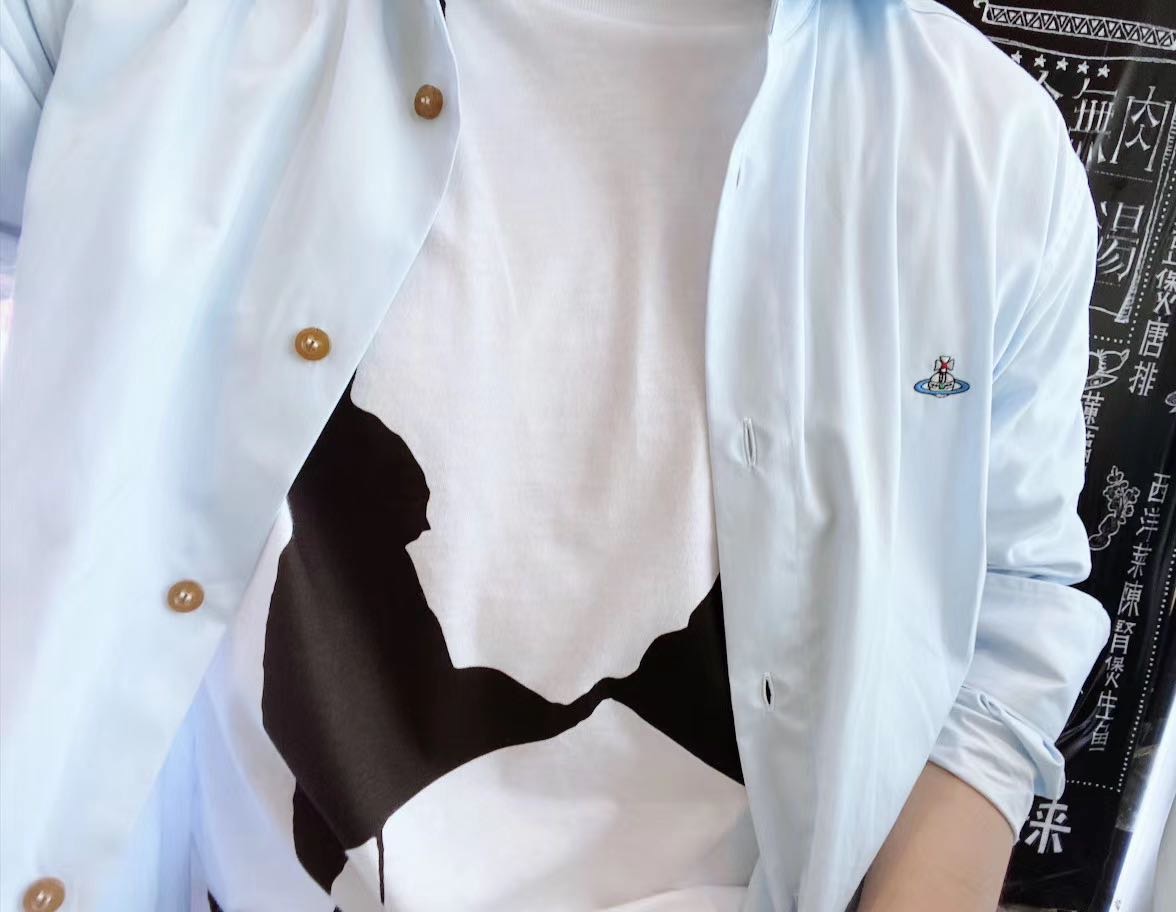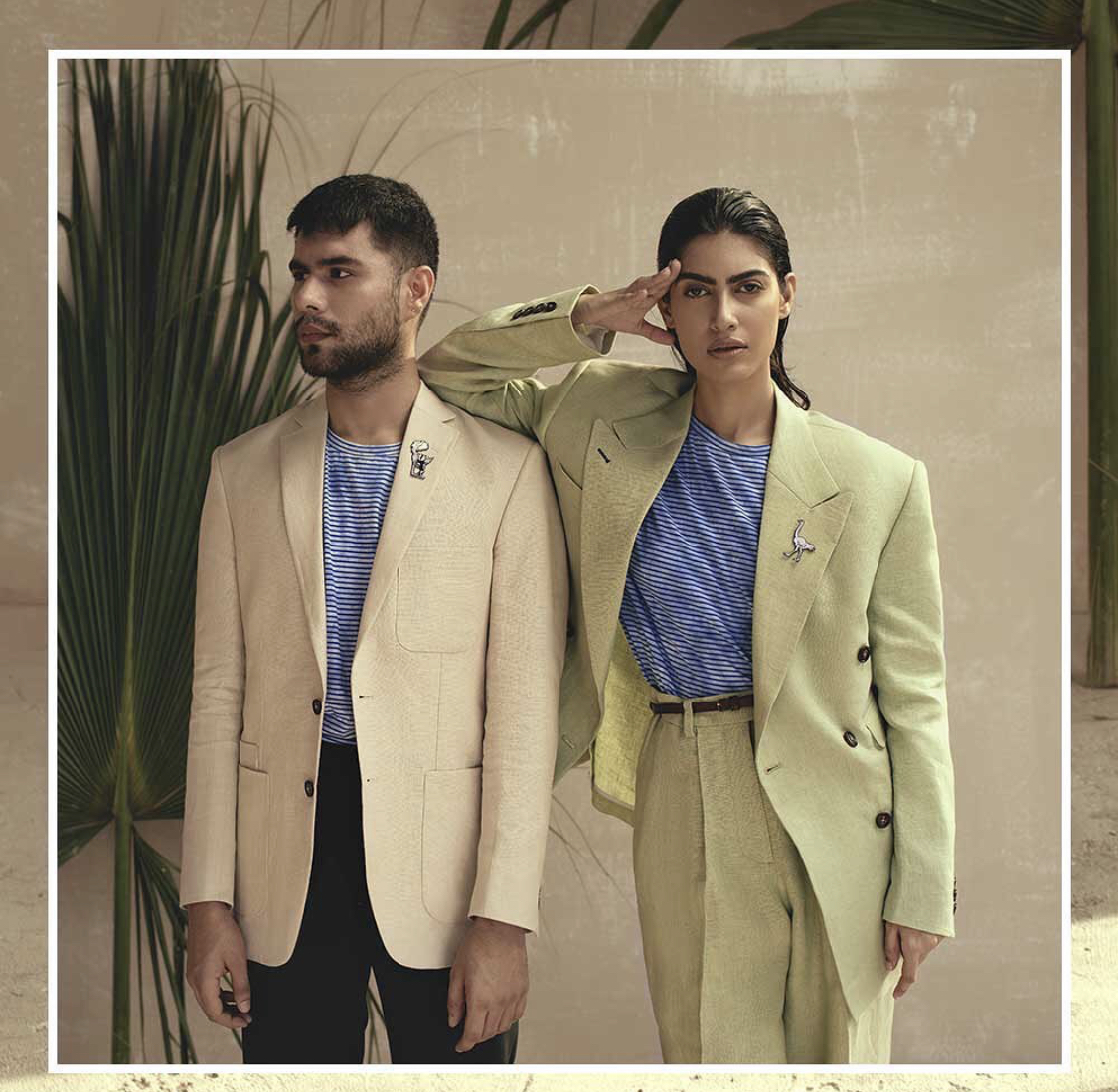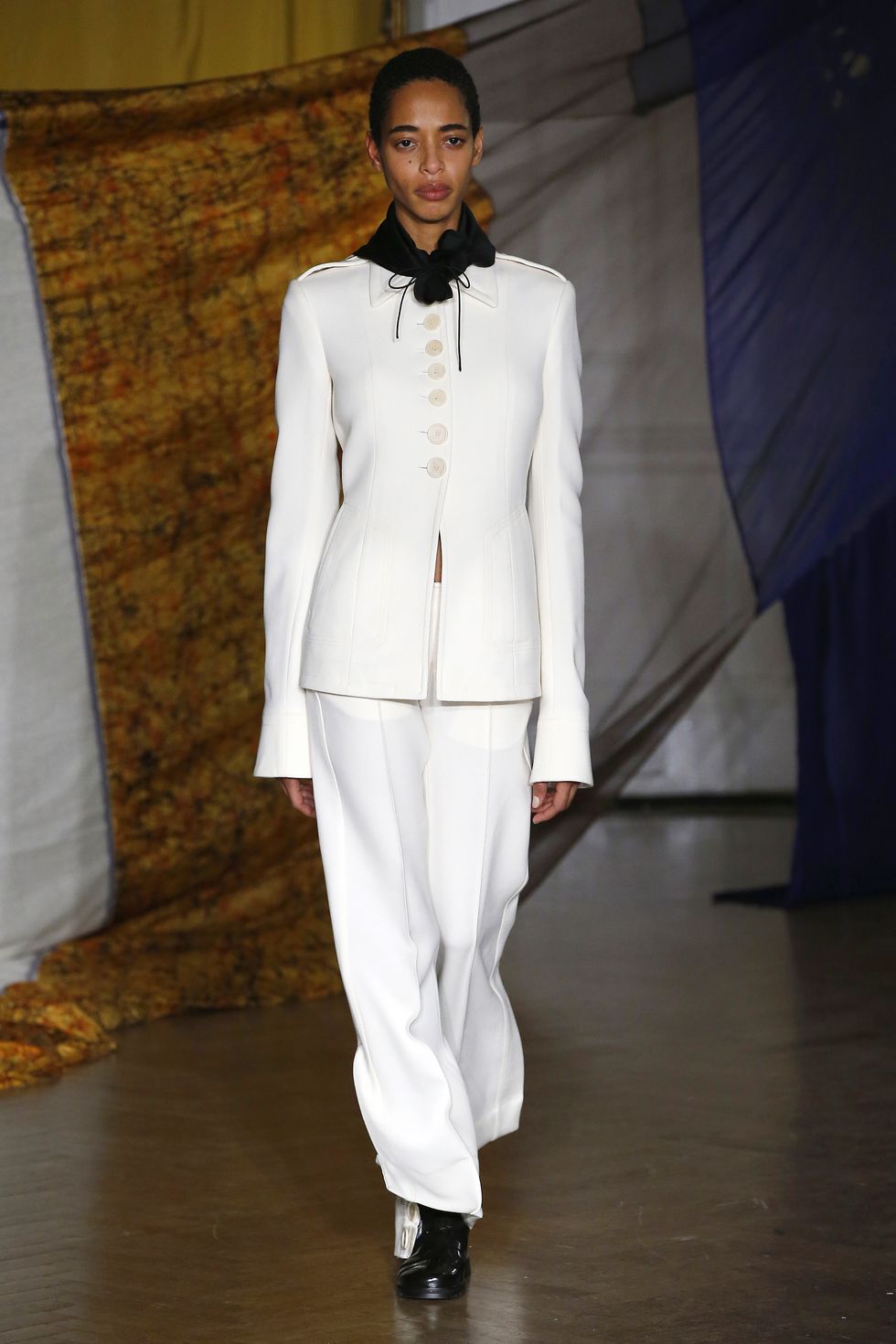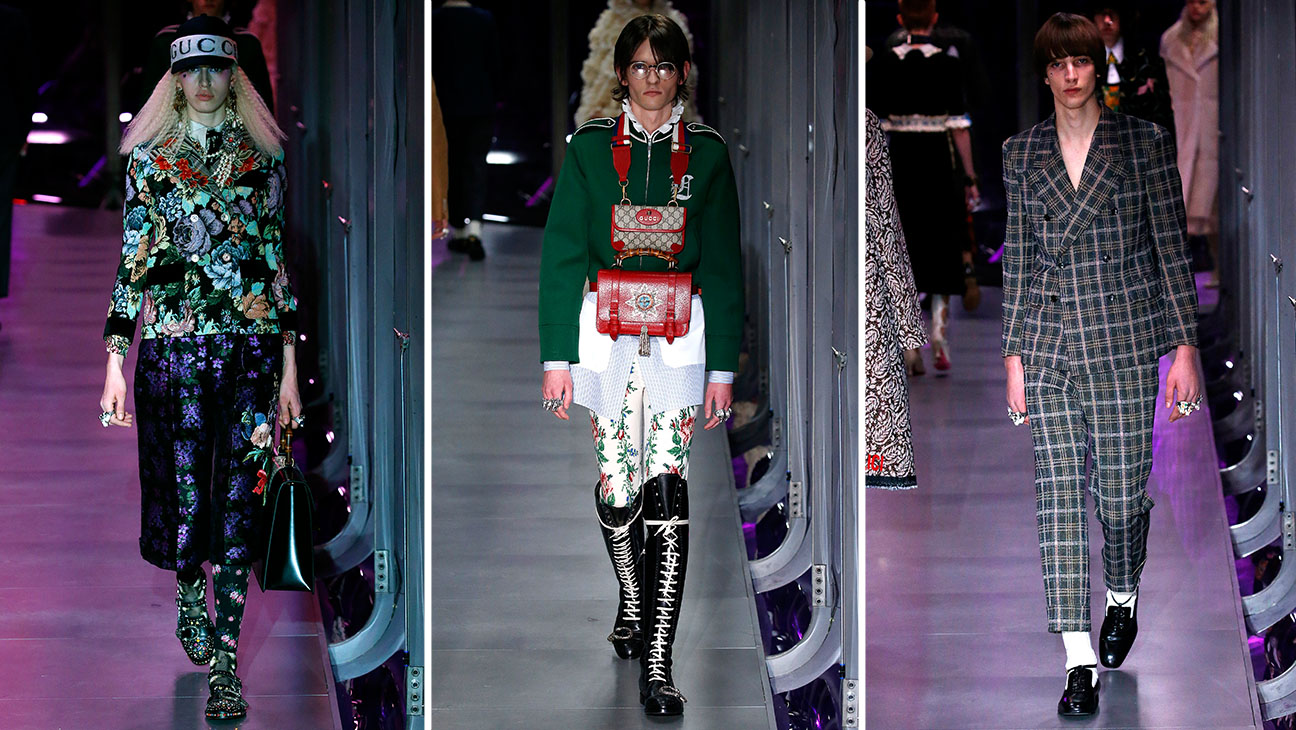Jerry Zhang's favorite T-shirt is a white one with an abstract silhouette of a bra on the front. Jerry Zhang is a guy.
As the founder and creative director of KEPLER, a Beijing-based lifestyle marketing firm, Jerry said he has quite a lot of unisex clothing in his wardrobe. "I love the message this clothing conveys. It says something more than fashion: it's a philosophy of living as a younger generation Chinese," Jerry said, referring to the unisex fashion in China, which now is a strong trend among various social groups.
The trend has been there for a while overseas. Thanks to the COVID-19 pandemic this year, which offers the Chinese the opportunity to embrace more casual sports outfits, unisex fashion started shining in its own way.

Jerry Zhang's favorite T-shirt is a white one with an abstract silhouette of a bra on the front. /CGTN
Jerry Zhang's favorite T-shirt is a white one with an abstract silhouette of a bra on the front. /CGTN
Much the same for each sex anyhow
Traditionally, garments can be categorized by gender. And most fashion manufactures still divide their clothing into two groups, which are male and female clothings. But as a tool to express personalities and attitudes, clothing has gradually become the means to show more aesthetics and philosophies people believe in. Especially nowadays both women and men have similar lifestyles which require similar outfits as well.
So, if there is no line between women's and men's positions in society, distinct looks could also be erased. In the U.S., Russia, Japan, and even the most controversial parts of the fashion world, people are embracing gender-neutral style. Amid the gloom brought in by COVID-19 pandemic, people are forced to stay away from public spaces such as offices, schools, and social parties, so they incline to purchase more casual, comfortable, and genderless garments instead of "vogue-level" clothing.

Gen-Z era
"Though unisex clothing aims to minimize gender differences, it usually had the opposite effect," said Jerry Zhang. "The wearer and the clothes together tell people who you are. Therefore, it's not your gender (that) can distinguish you, but you as a human being with characters."
This is exactly what the Chinese gen-Z group chase after. The perfect matchy-matchy "his-n-hers" outfits and slick and functional garments are more and more appearing in their wardrobes as there is no rigid line judging people's looks by gender. The unisex fashion is more accessible and socially acceptable among gen-Y and gen-Z in China.

They are breaking the existed conceptions defining who they are and endeavoring to reshape Chinese fashion culture in a totally new era.
"Chinese gen-Z customers grow up in a digital world where they take in most of the information and knowhow. And it's also internet that offers the younger generation what they want to know about fashion," said Priscilla Liu, the Brand & Content Marketing Director at one of the top Chinese luxury e-tail platforms. "They have access to very current information on design, arts, and lifestyle. I guess this is how they start to know and get interested in unisex style."
Indeed, based on a strong e-commerce system and rapidly growing local culture, Chinese people have a say to express their understanding of unisex fashion trends. Today, the younger generation no longer limit themselves to where only femininity and masculinity can be considered appealing characteristics. Victoria's Secret is seen as "toxic body standards," lipstick is the bestseller on a guy livestreamer's sales list, and the most renowned Chinese designers gained fame on global stages by unisex high fashion on their runways.

Chinese unisex brand Bosie commercial /Bosie website
Chinese unisex brand Bosie commercial /Bosie website
China's raceway
It's easy to capture unisex concepts in both international fashion houses and local Chinese brands in recent years. Gucci, Vetements, Prada, and Calvin Klein have started merging their men's and women's collections. Their unisex lines were approved success, drawing huge buzz online globally. Some popular brands in China, such as Balenciaga, JW Anderson, and Tom Ford, all went co-collection since 2018. Fast fashion like Uniqlo, who opened seven new flagships in China even during COVID-19 lockdowns, are enjoying the big success thanks to its genderless brand message, while H&M featured a unisex denim dress series last year in China.

In China, the great potential behind the market drives more brands to go unisex. Domestic brands like Bosie and Universal Templates are operating under the concept of a "genderless, fast fashion, designers' brand." Bosie has obtained investment from top Chinese capital tycoons. Riding on the wave of China's economic revival in the post-COVID-19 period, the company has integrated an overall plan to feed the newly growing market. Its excellent work in sizing and visual presentation has bridged the brand to the global market as well.
The rapid improvement of local unisex fashion offers customers access to a cohesive brand that pitches a lifestyle, as opposed to a gendered look. Whether it is online or in brick-and-mortar stores, consumers see more of a one-shape, one-size, one-style approach for every individual.
This time around, there is no inferiority or superiority between guys and girls in terms of fashion. The younger generation of Chinese is looking for a balanced diversity in this huge market.